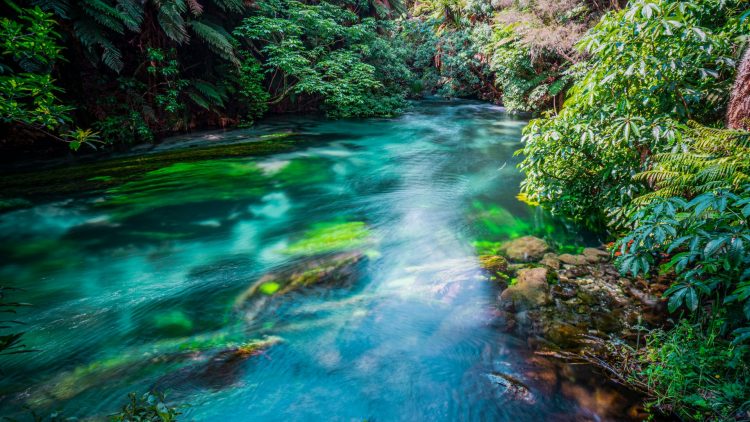Lịch sử Putaruru và Tīrau
Tīrau
Tirau () là một xã 9 km về phía tây bắc của Putaruru. Được thành lập vào năm 1870 với tư cách là một chức vụ quân sự, Tīrau trở thành một trạm dừng huấn luyện viên cho du khách.
Ban đầu, Tirau được gọi là Oxford để xác định nó là một thị trấn chị em với Cambridge. Sau đó nó được đặt tên là Tīrau để tránh nhầm lẫn với Oxford ở Canterbury. Một nhà máy sản xuất sữa được xây dựng vào năm 1938, và một nhà máy casein vào năm 1982.
Tirau có nhiều quán cà phê và các cửa hàng thủ công và đồ cổ, cho đến ngày nay nó là điểm dừng chân phổ biến cho du khách trên Xa lộ Tiểu bang 1. Sự nổi tiếng quốc gia của Tirau xuất phát từ nhiều tác phẩm điêu khắc bằng sắt sóng và các tòa nhà tô điểm cho thị trấn. Các địa danh thu hút mọi người từ khắp nơi trên đất nước.
Ōkoroire
Ōkoroire cách Tīrau 6 km về phía đông bắc. Tại trung tâm của cộng đồng là khách sạn Ōkoroire được xây dựng vào năm 1889. Khách sạn Ōkoroire tận dụng các hồ bơi nước nóng tự nhiên gần đó, được đánh giá lâu bởi Ngāti Raukawa. Tổ tiên bộ lạc, Raukawa, sinh ra tại Ōkoroire. Các hồ Tiên và giun sán là một điểm thu hút phổ biến với cả người dân địa phương và du khách.
Putaruru
Puraruru là một thị trấn cách Hamilton 64 km về phía đông nam.
Putaruru xuất hiện lần đầu vào khoảng năm 1886 khi tuyến đường sắt đến Rotorua đang được xây dựng. Năm 1905, sau khi Vương triều mua lại đất đai xung quanh, Công ty gỗ Taupo Totara đã xây dựng một con đường xe điện từ rừng Taupō của nó đến Putaruru, nơi nó có một nhà máy. Việc xây dựng đập Arapuni trên sông Waikato trong thập niên 1920 càng thúc đẩy dân số Putaruru. Đến năm 1946 nó có 1.160 người và năm sau nó trở thành một quận.
Ngày nay lâm nghiệp tiếp tục đóng vai trò thiết yếu trong nền kinh tế địa phương. Putaruru cũng đã trở thành nguồn nước đóng chai lớn nhất New Zealand, được xuất khẩu trên toàn thế giới.
Arapuni (tiểu vùng)
Arapuni là một khu định cư cách Putaruru 14 km về phía tây và bao gồm một đập thủy điện trên sông Waikato. Đập được khai trương vào năm 1929. Một lối đi giữa đập và hồ thủy điện đã trở thành một địa điểm đánh bắt cá và thể thao dưới nước phổ biến. Đường đi bộ là một phần của Đường mòn sông Waikato, một mạng lưới các lối đi bộ.
Lichfield
Trong thập niên 1880 Lichfield, căn cứ cho Công ty Đất Thames Valley lớn hơn Putaruru. Nó cũng là một trạm dừng của huấn luyện viên cho đến khi đường sắt đến Rotorua hoàn tất. Di tích của thập niên 1880 bao gồm một tháp nước bằng gạch và một tòa nhà cửa hàng nhỏ làm bằng đá rhyolit Putaruru. Ngày nay, nhà máy sản xuất pho mát lớn nhất ở bán cầu nam nằm tại Lichfield.

















































